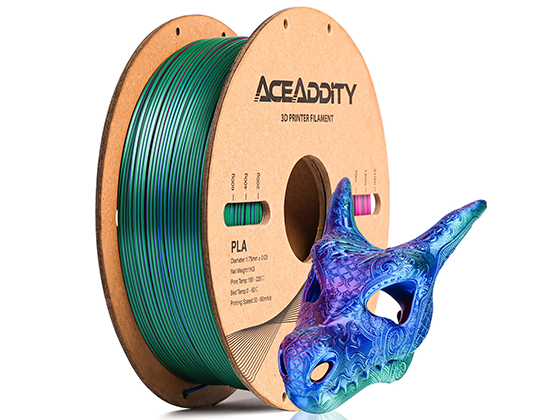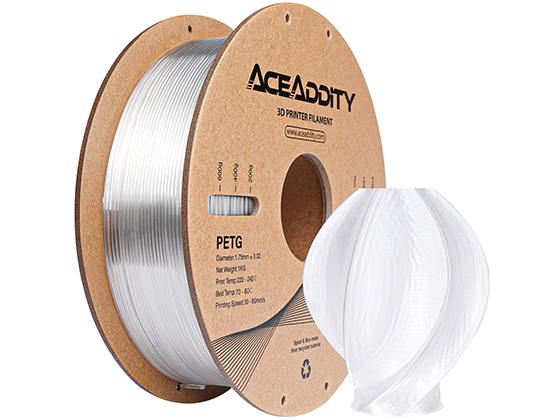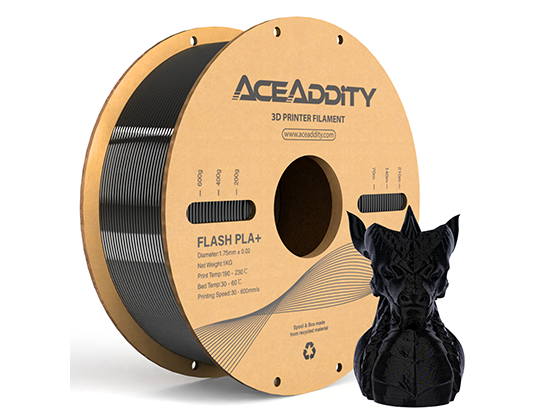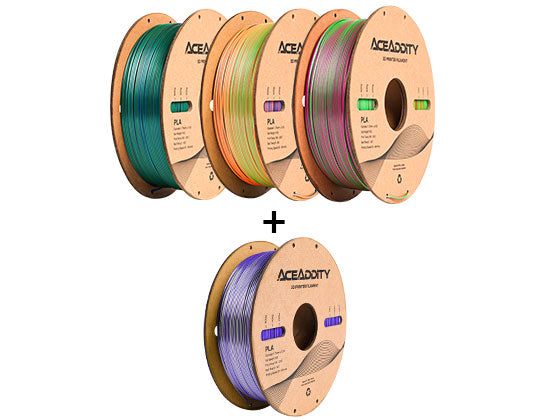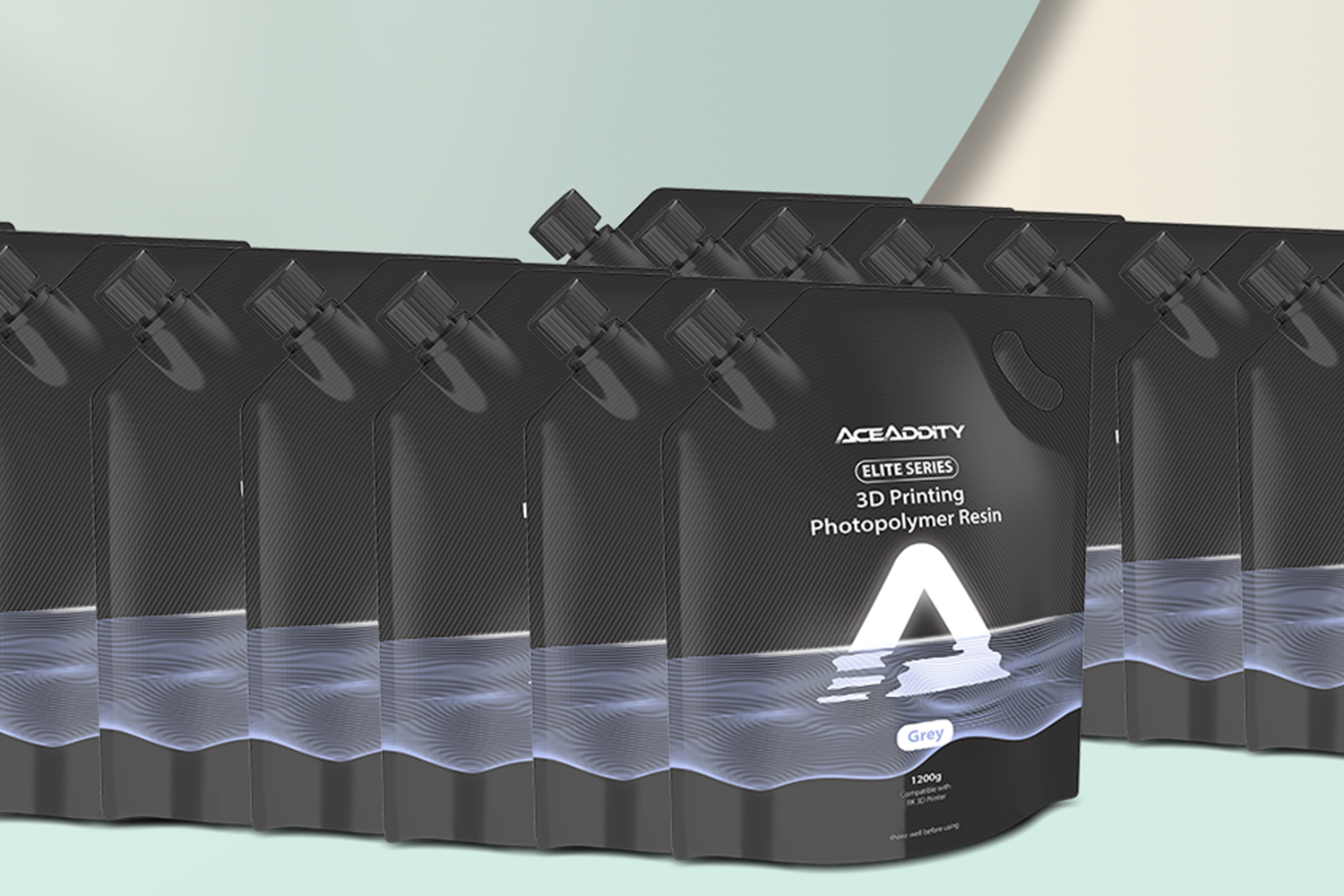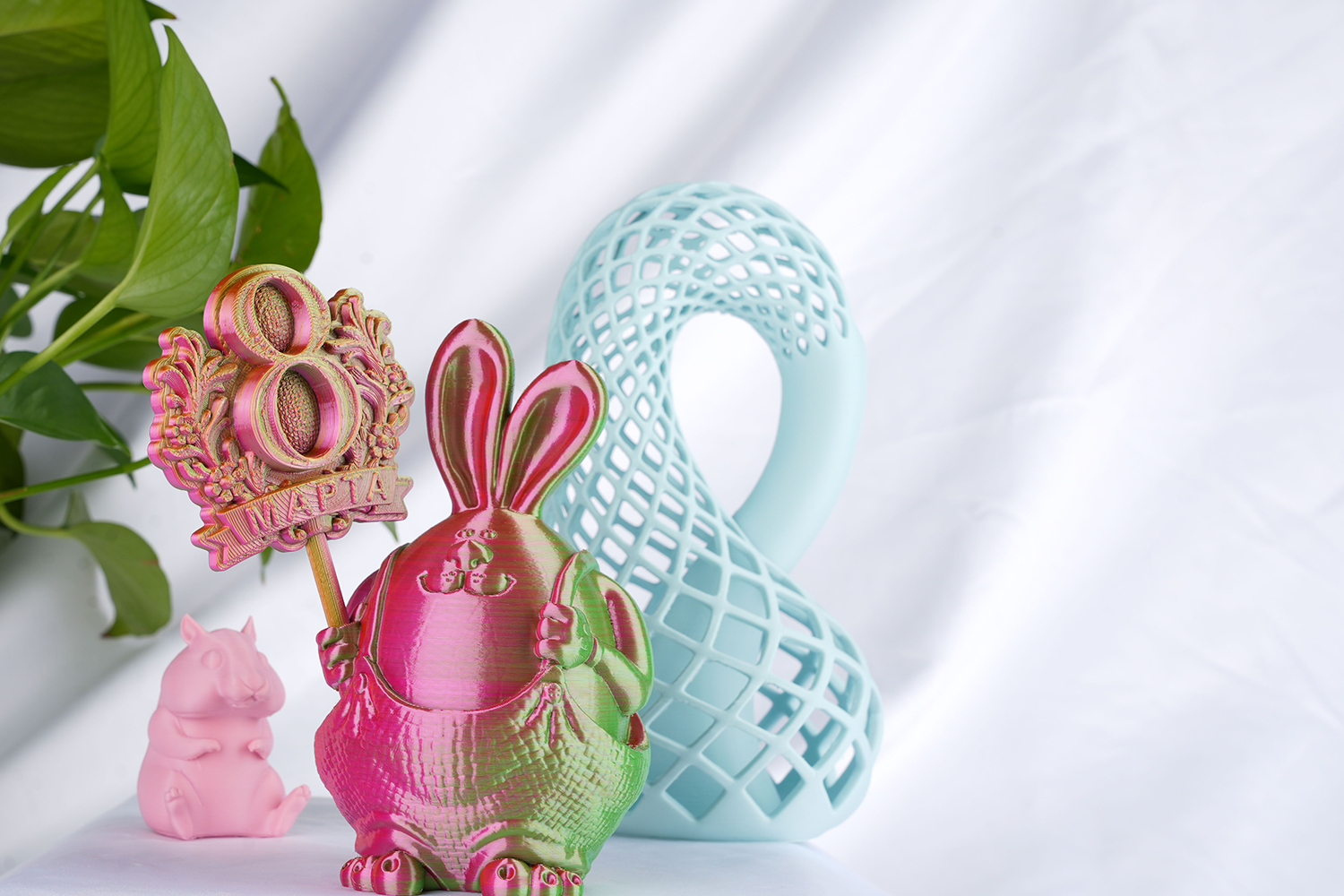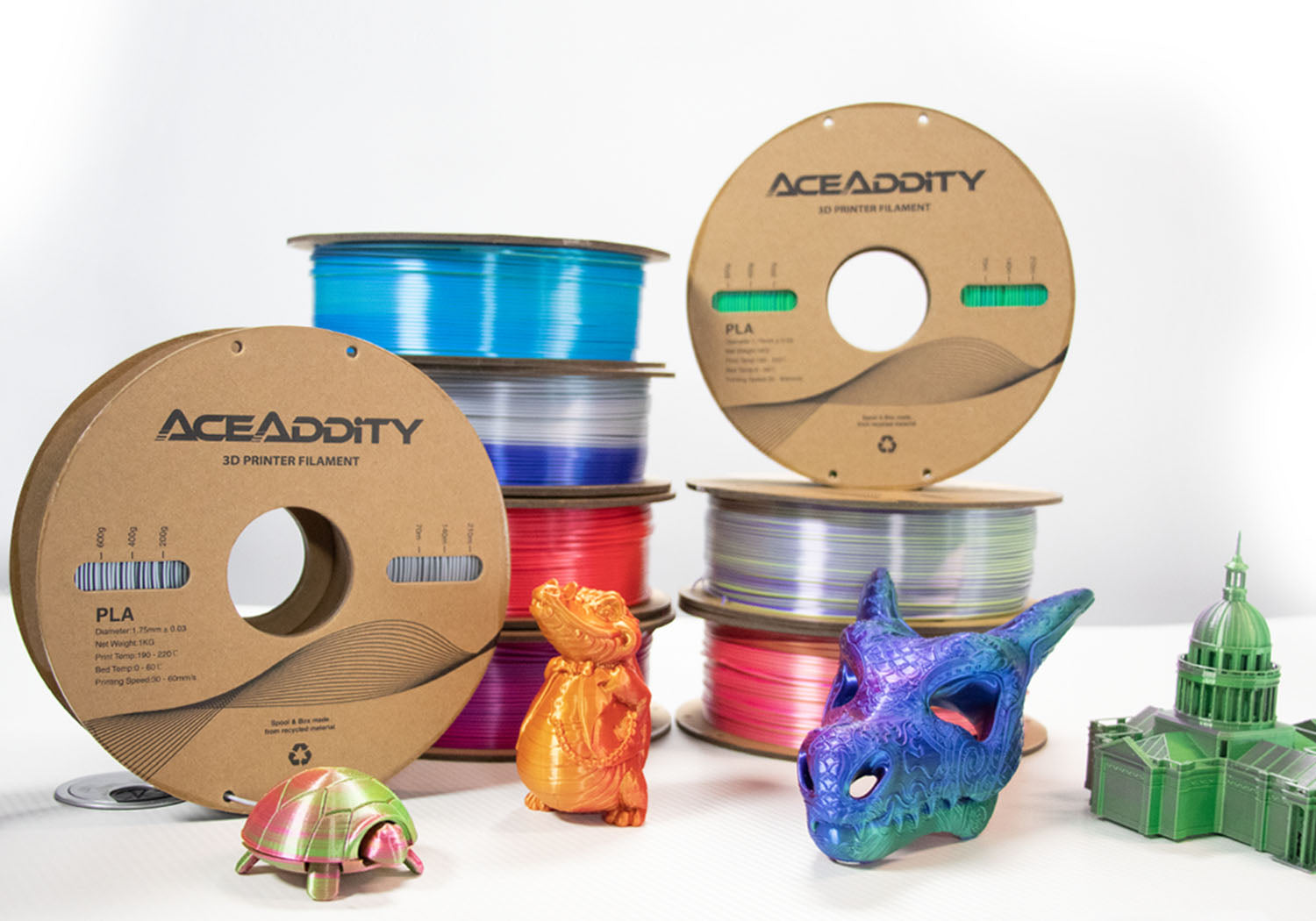3D printing is an exciting and rapidly growing field, and if you're just starting out, you may be wondering what materials you should use for your prints.
In this guide, we'll provide an overview of 3D printing resin, including
the different types of resins available, the techniques used for printing with them,and some tips for getting the best results.
-
Understanding 3D Printing Resin
3D printing resin is a liquid material that can be cured into a solid form using ultraviolet light.
Resins are typically used in SLA (stereolithography) 3D printers, which use a laser or other light source to cure the resin into the desired shape.
Resins are popular for 3D printing because they offer high detail and resolution, as well as a wide range of colors and finishes.

-
Types of 3D Printing Resin
There are many different types of 3D printing resin available, each with its own properties and characteristics.
Some common types include:
Standard Resin:
Standard Resin:
These resins are typically used for general -purpose printing and offer a range of colors and finishes.

Flexible Resin:
These resins are designed to be more flexible and rubber-like than standard resins.
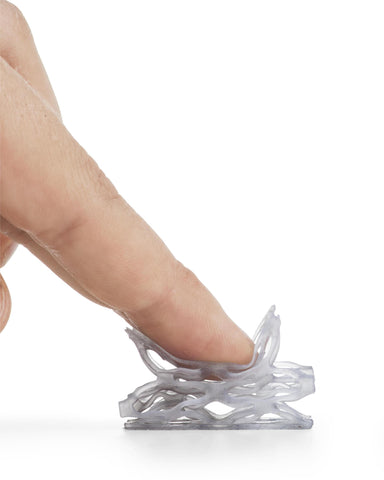
Transparent Resin:
These resins are designed to be transparent or translucent,and are commonly used for printing objects like lenses, jewelry, or other transparent parts.
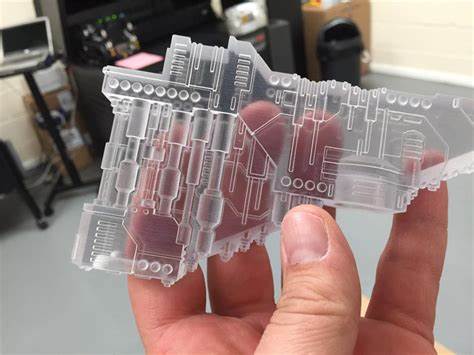
High-Temperature Resin:
These resins are designed to withstand high temperatures and are often used for creating molds for casting or injection molding.
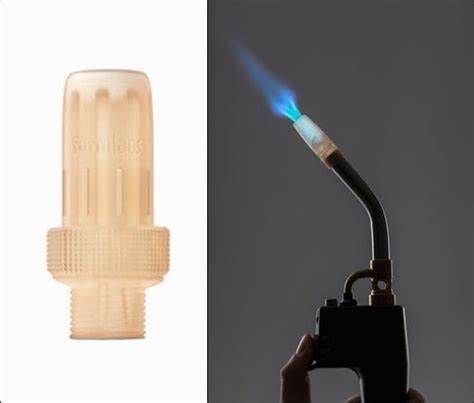
-
Techniques for Printing with Resin
Printing with resin requires some specialized techniques and equipment. Here are a few tips to help you get started:
Prepare your workspace:
Prepare your workspace:
Resin printing can be messy, so make sure you have a well-ventilated area and a clean, flat surface for your printer.
Calibrate your printer:
Resin printing requires precise calibration to ensure the correct layer thickness and print quality.

Use supports:
Because resin printing involves curing layers of resin one at a time, you'll need to use supports to help your print adhere to the build plate.
Post-processing:
Post-processing:
After printing, you'll need to remove your print from the build plate and clean off any excess resin using a UV light or alcohol.
-
Tips for Getting the Best Results
Here are a few additional tips to help you get the best results with 3D printing resin:
Use high-quality resin:
Use high-quality resin:
Cheaper resins may be tempting, but they often result in lower quality prints.

Follow manufacturer recommendations:
Different resins may require differentprint settings or curing times,
so make sure you follow the manufacturer's recommendations for best results.
Store your resin properly:
Store your resin properly:
Resin can degrade over time, so make sure you store it in a cool, dark place to extend its shelf life.
Practice makes perfect:
Practice makes perfect:
Like any new skill, 3D printing resin takes practice.
Don't be discouraged if your first prints don't turn out perfectly -keep experimenting and refining your technique.
In conclusion, 3D printing resin is a versatile and exciting material for creating detailed and high-quality prints.
In conclusion, 3D printing resin is a versatile and exciting material for creating detailed and high-quality prints.
By understanding the different types of resins available, the techniques for printing with them,
and some tips for getting the best results, you can start creating your own amazing 3D prints in no time.


